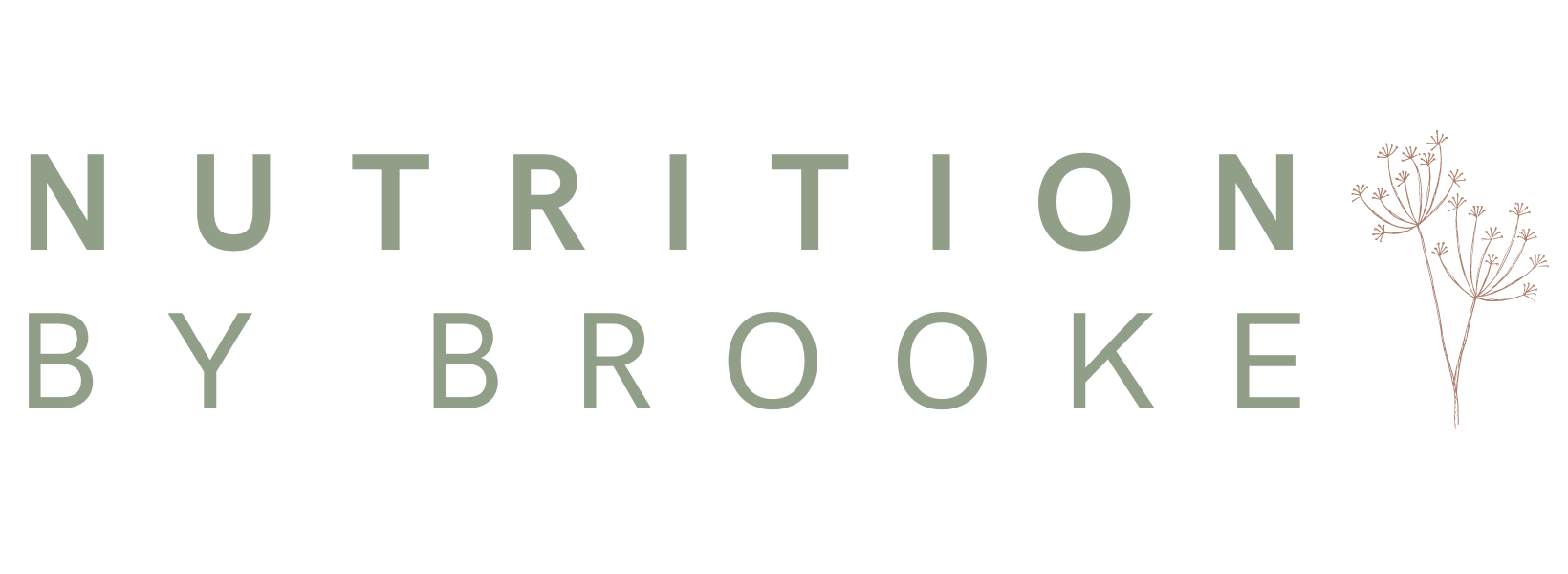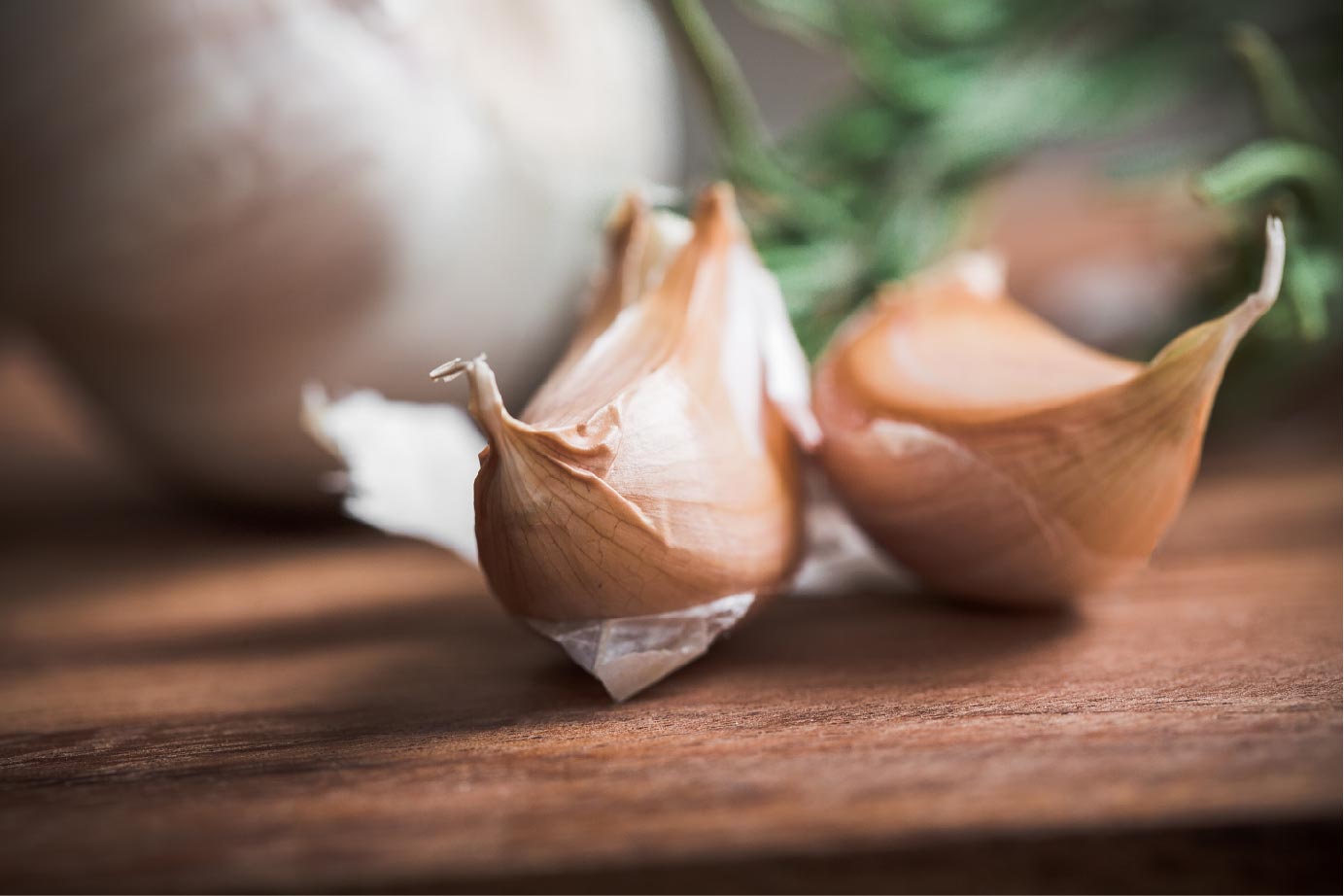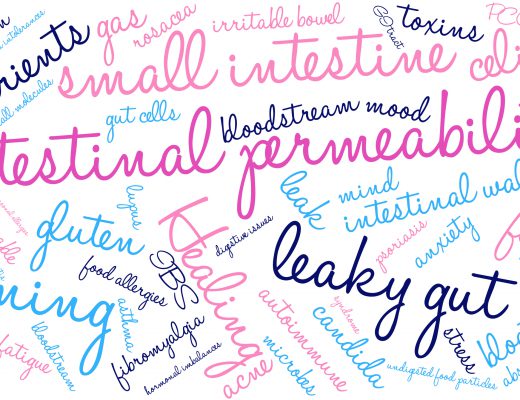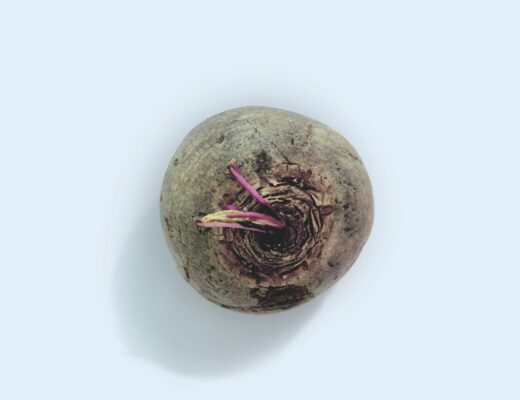Antibiotics are necessary during the right circumstance. In fact, they have saved many lives since the antibiotic era started in 1945 (source). We are very fortunate to have antibiotics available for serious bacterial infections. Unfortunately, antibiotics are excessively prescribed. The Center for Disease Control estimates that of the 235 million doses of antibiotics given every single year, between 20-50% are unnecessary (source).
Overuse, abuse and misuse of antibiotics are leading to antibiotic resistance. Antibiotic resistant infections may occur, and in the worse-case scenario, there may be no antibiotics that are effective for the infection. This situation can be life-threatening.
One reason bacteria are becoming resistant is because antibiotics may be inappropriately used for an illness caused by a virus. Antibiotics cannot kill viral illnesses. Examples of illnesses that are caused by viruses include:
- sore throats
- coughs, colds and runny noses
- sinusitis, bronchitis
- flu
Most viral illnesses do not need special medication and are “self-limiting”, meaning the patient’s own immune system can fight off the illness.
Antibiotics do not just go after the pathogenic “bad” bacteria, they also destroy the beneficial “good” bacteria that are vital for good health. Among the many important beneficial bacteria are lactobacillus acidophilus and bifidobacterium bifidusbifidum. They help protect the body against infection. Depleting these key organisms can disrupt the balance of the body, suppress the immune system and increase susceptibility to infections by fungi, bacteria, viruses, yeast and parasites. Antibiotics also affect many nutrients, especially the ones needed by the immune system to fight infection, including vitamins A and C.
The problem isn’t only due to our doctors over prescribing antibiotics because, sadly we are eating them in our food and drinking them in our water too. Industrial farms have been adding antibiotics to livestock feed since 1946, when studies showed that antibiotics caused animals to grow faster and put on weight more efficiently, increasing meat producers’ profits (source). Studies also show antibiotics getting into our drinking water through several routes: some people flush unneeded medication down toilets; other medicine gets into the water supply after people take medication, absorb some, and pass the rest out in urine or feces. Some pharmaceuticals remain even after waste-water treatments and cleansing by water treatment plants (source).
In a study by Dr. Stuart Levy and his colleagues, they found that introducing antibiotics into chicken feed very quickly promoted the spread of antibiotic resistant bacteria in the chickens’ intestinal tracts, as well as the intestinal tracts of the people working with the chickens. The chickens’ guts changed within a week, the farm workers in 3-6 months. Further, the bacteria sampled were not only resistant to tetracycline (the antibiotic used), but several other commercial antibiotics – they had adapted and that is scary (source).
Pharmaceutical antibiotics are very new and we are still the lab rats in testing. Our ancestors had their own way of healing, using natural antibiotics from nature. I think it is nice to remind ourselves what these antibiotics are.
- Grapefruit seed extract: Recent studies indicate that the seeds of this plant can be used to fight against 800 types of viruses and bacteria.
- Echinacea: This plant is not only beautiful, but a real antibiotic and antiviral drug. However, before taking, consult with an experienced herbalist who will recommend in which form you need to take it.
- Sauerkraut: Not only is sauerkraut packed with vitamin C, it helps with digestion and reproduction of beneficial bacteria. The majority of our immune system is in our gut, which is one of the reasons why sauerkraut can be so beneficial. Only use organic sauerkraut from trusted manufacturers (like your local farmer) because leaves can contain harmful pesticides…depending where you get it.
- Oregano: Can fight infections, especially persistent fungi and parasites in the intestines. For a heavier dose, I like to use oregano essential oil and pour a couple of drops into an empty supplement capsule and swallow it down. Warning, oregano oil can burn the skin, so be careful and have coconut oil nearby to dilute the concentration 🙂 Tip, water will only push the oil deeper into your skin, whereas coconut oil will dilute it very quickly.
- Coconut oil: Not only does coconut oil protect us from bacteria and viruses, it is also great for cholesterol control and hormones. Someone could write an entire book about coconut oil….oh wait, they already did and you can find it here.
- Apple cider vinegar (ACV): Has antibiotic and antiseptic properties.
- Fermented foods: Homemade pickles, kefir and probiotic yogurts, and sauerkraut, all renew our intestinal flora. protects us from cancer and fights off infections.
- Garlic: Can fight simple infections such as the common cold. Garlic contains allicin which protects against yeast, parasites, bacteria and more.
- Honey: Ancient Romans used honey on the battlefield to treat wounds and prevent infection. Honey is one of the best natural antibiotics because it is antimicrobial, anti-inflammatory and anti-septic. Honey soothes the digestive system, removes toxins from the blood and helps your liver operate more efficiently. Make sure the honey is raw and unpasteurized.
- Propolis: Honeybees gather propolis, a resin, from tree bark and leaves. They combine this resin with nectar, creating a mix of wax, pollen and bee bread. They then use this substance to seal their hives, protecting it from outside contaminants. They also use propolis at the entrance to the hive to sterilize themselves as they come and go.
- Turmeric: Can be consumed and applied topically, making it a wonderful choice for fighting against bacteria. For extra benefit, make a paste combining turmeric with honey and apply to infected areas on your skin.
- Pau d’Arco: A herb native to South America whose active ingredient lapachol, has been found to relieve a wide range of infections including those initiated by bacteria, viruses and fungus. Studies suggest that Pau d’arco may also have cancer-fighting properties, although more research is needed. Pau d’arco was used by the Indians of South America to strengthen the immune system and fight life-threatening diseases. It’s best consumed as a tea or decoction.
- Aloe vera: Active against Staphylococcus aureus, Pseudomonas aeruginosa, and herpes simplex virus type 1 and type 2. Aloe and honey are two of the most effective treatments for burn victims when applied externally to speed wound healing and prevent infection.
Note: Not all bacteria are harmful – many are essential to our health. Always use caution with the use of herbal antibiotics, just as you would with pharmaceutical antibiotics. In food doses, they are generally benign, but in therapeutic doses they are stronger. Always add probiotics to your day if you use antibiotics (if they aren’t already part of your daily routine).
Books to read: Herbal Antibiotics
Learn more about Herbal Medicine




